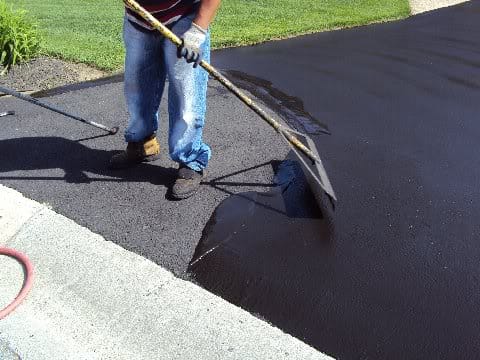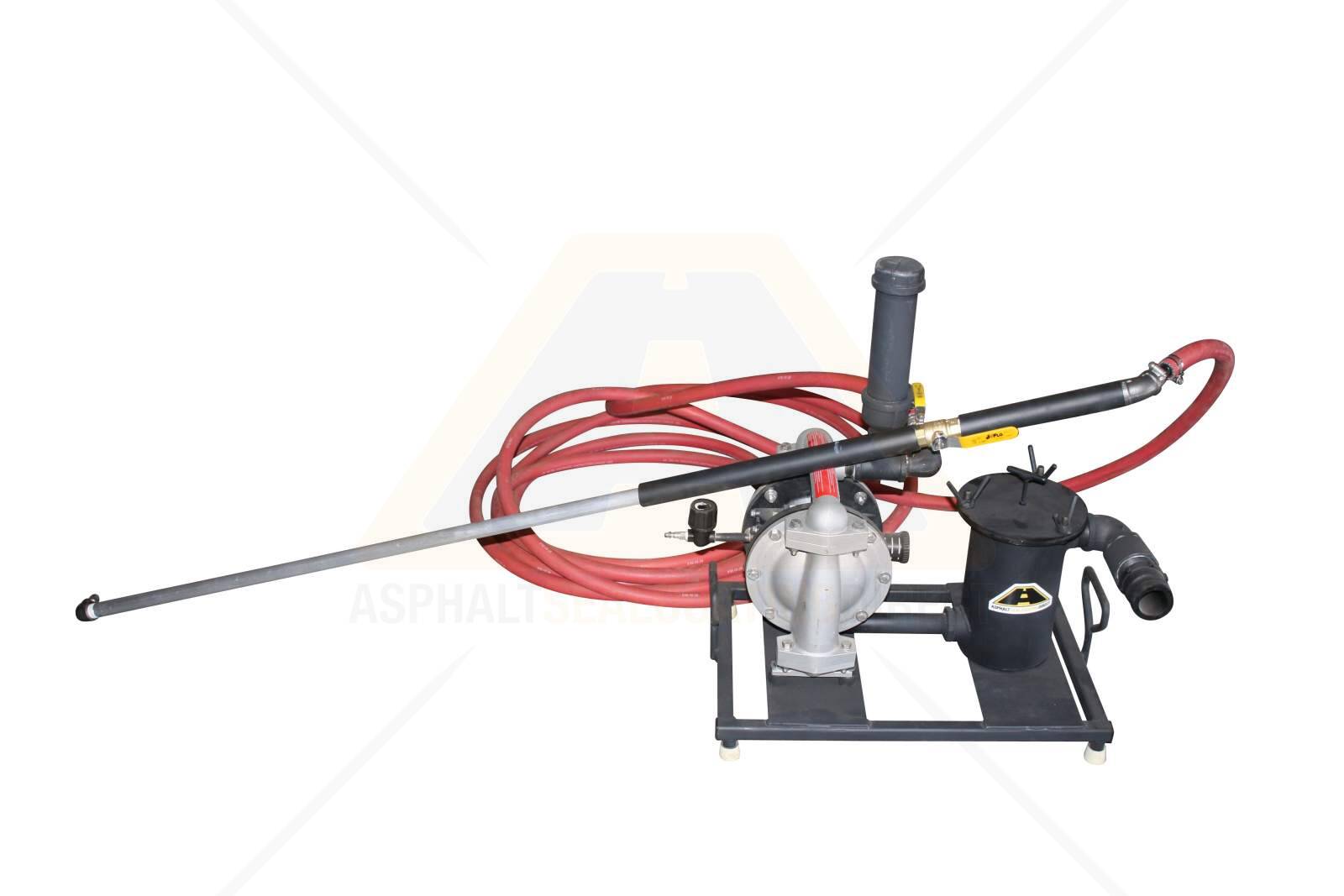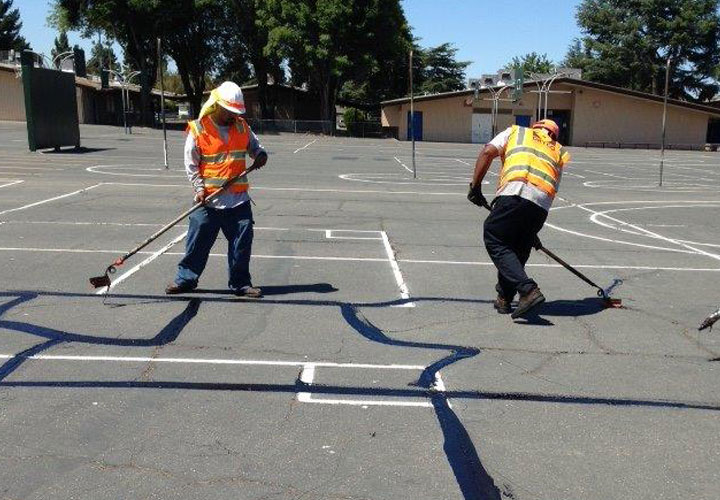Raise Security and Charm: Angled Parking Area Solutions with Asphalt Sealing
Raise Security and Charm: Angled Parking Area Solutions with Asphalt Sealing
Blog Article
Hot Mix Asphalt: A Sustainable Remedy for Pavement
Warm Mix Asphalt (HMA) has actually emerged as a leading lasting choice for sidewalk options, offering a myriad of ecological benefits and innovative innovations. As the demand for eco-friendly building and construction practices expands, exploring the subtleties of HMA's sustainability can supply useful understandings right into the future of sidewalk remedies.
Environmental Advantages of Hot Mix Asphalt

Moreover, Hot Mix Asphalt assists to reduce city warm island results. Its dark color takes in sunlight, reducing the quantity of warm reflected back right into the ambience compared to lighter-colored sidewalks. This can reduce ambient temperatures in city locations, decreasing the need for air conditioning and eventually reducing energy intake.
Furthermore, Warm Mix Asphalt adds to boosted stormwater management. Its porous nature enables water to penetrate the sidewalk and reenergize groundwater supplies, decreasing overflow and the danger of flooding. These ecological advantages make Warm Mix Asphalt a sustainable choice for paving roads and freeways.
Power Performance in HMA Manufacturing
Is power efficiency a crucial element in the manufacturing of Hot Mix Asphalt (HMA)? Absolutely. Energy plays a considerable function in the production of HMA, affecting both expense and environmental sustainability. One essential aspect of energy efficiency in HMA production is using warm mix asphalt (WMA) technologies (hot mix asphalt). WMA permits the mixing and placement of asphalt at lower temperatures contrasted to typical warm mix asphalt, leading to decreased energy consumption throughout manufacturing. This process not only lowers gas usage but also decreases greenhouse gas discharges, making it a much more eco-friendly alternative.
Additionally, innovations in plant technologies have actually led to even more energy-efficient HMA production procedures. By maximizing energy usage in HMA manufacturing, the industry can minimize its carbon impact while maintaining top notch sidewalk materials.
Recyclability of Hot Mix Asphalt
The recyclability of Warm Mix Asphalt (HMA) is a crucial aspect of its sustainability and long-lasting ecological impact. HMA is among one of the most recycled products in the United States, with over 100 million bunches of reclaimed asphalt pavement (RAP) being reused each year in brand-new pavement building. Recycling HMA uses several ecological advantages, such as minimizing the need for virgin products, lowering power usage during production, and reducing the amount of waste sent out to land fills.
The process of recycling HMA involves milling the existing pavement, crushing it into smaller items, and blending it with brand-new aggregate and asphalt binder to produce a recycled mix. In general, the recyclability of HMA plays a significant role in advertising lasting practices within the pavement industry.

Long-Term Efficiency of HMA
Asphalt sidewalks demonstrate durability and resilience over a prolonged period, showing the long-lasting efficiency of Warm Mix Asphalt (HMA) The long life of HMA can be connected to its capacity to hold up against rush hour tons, extreme climate condition, and the results of aging. Research studies have actually shown that well-designed and correctly built HMA pavements can last for twenty years or more with regular maintenance. The secret to making best use of the long-term efficiency of HMA hinges on utilizing top notch products, complying with best practices in construction, and implementing reliable upkeep techniques. Proper drainage, regular examinations, and timely repair work are important for preserving the architectural stability of HMA pavements with time. In addition, improvements in HMA technology, such as the use of polymer-modified binders and cozy mix asphalt, have better boosted the sturdiness and longevity of HMA sidewalks. By prioritizing top quality building and maintenance techniques, HMA continues to prove itself as a cost-efficient and sustainable remedy for resilient pavement facilities.

HMA: Resilience and Sustainability
Showing both toughness and sustainability, Hot Mix Asphalt (HMA) has actually become a keystone in the building of long-lasting pavement frameworks - angled parking. HMA's durability comes from its ability to stand up to heavy tons, harsh climate problems, and high website traffic volumes, go to these guys making it a trusted option for streets, freeways, and airport paths. The composition of HMA, Your Domain Name which normally includes aggregates, binder, and filler, plays a crucial function in boosting its longevity and resistance to tear and put on
Moreover, HMA's sustainability depends on its recyclability and energy-efficient manufacturing procedure. The ability to reuse redeemed asphalt sidewalk (RAP) in new HMA blends lowers the demand for virgin materials and lessens the ecological influence of pavement building and maintenance. In addition, the power performance of producing HMA lies in its lower blending temperature levels contrasted to other pavement materials, resulting in minimized power intake and greenhouse gas exhausts.
Conclusion
In final thought, hot mix asphalt (HMA) supplies a lasting service for pavement with its eco pleasant qualities. HMA's recyclability, energy performance in production, and lasting longevity make it an environment-friendly option for road building and construction.
HMA is one of the most recycled materials in the United States, with over 100 million lots of reclaimed asphalt sidewalk (RAP) being reused every year in new pavement building.The procedure of recycling HMA entails milling the existing sidewalk, crushing it right into smaller items, and mixing it with brand-new aggregate and click asphalt binder to develop a recycled mix.Asphalt pavements show toughness and resilience over an extensive period, mirroring the long-term efficiency of Warm Mix Asphalt (HMA) Furthermore, advancements in HMA modern technology, such as the use of polymer-modified binders and cozy mix asphalt, have actually even more boosted the sturdiness and long life of HMA pavements. The capability to reuse recovered asphalt sidewalk (RAP) in new HMA mixes lowers the demand for virgin materials and decreases the environmental effect of sidewalk construction and maintenance.
Report this page